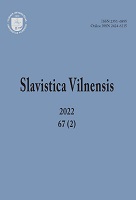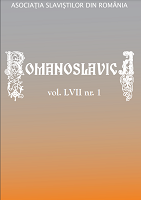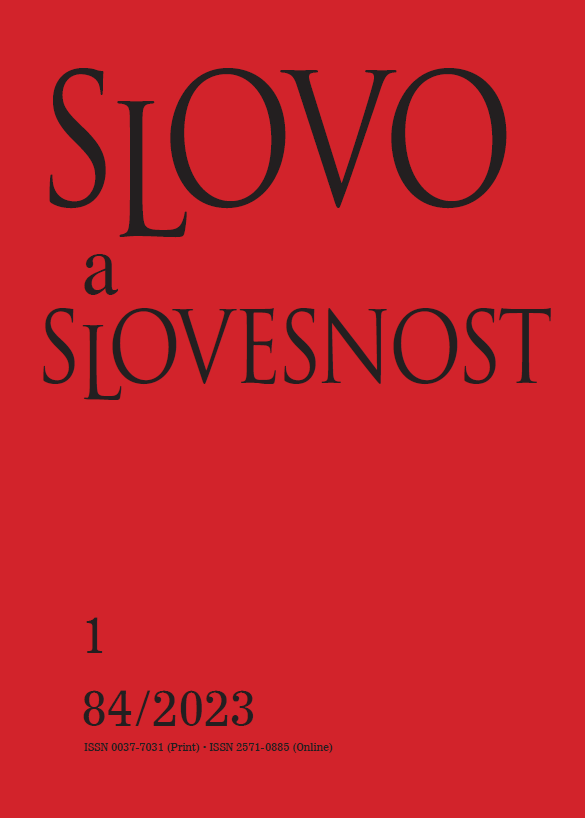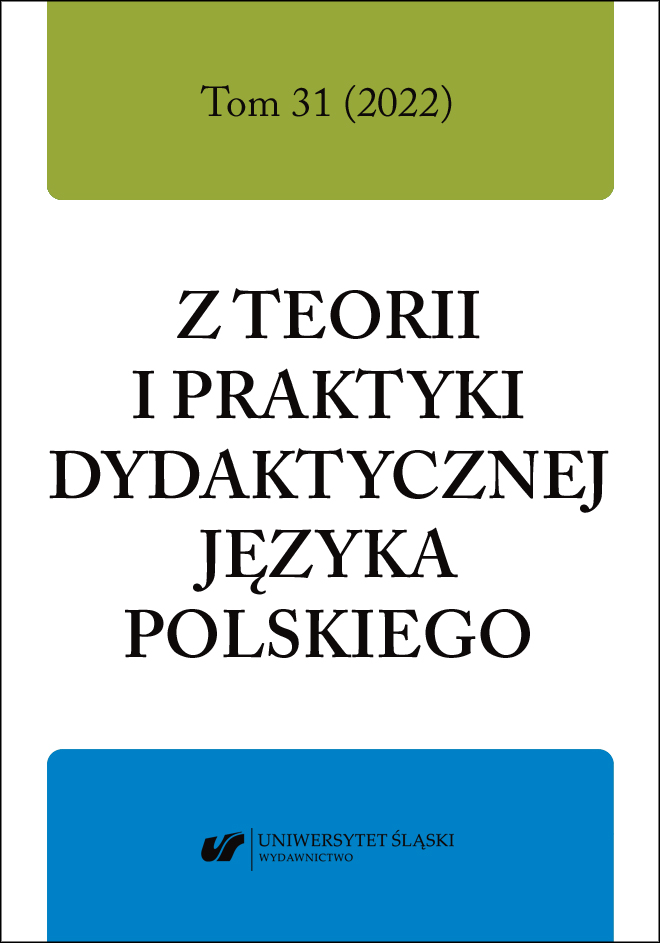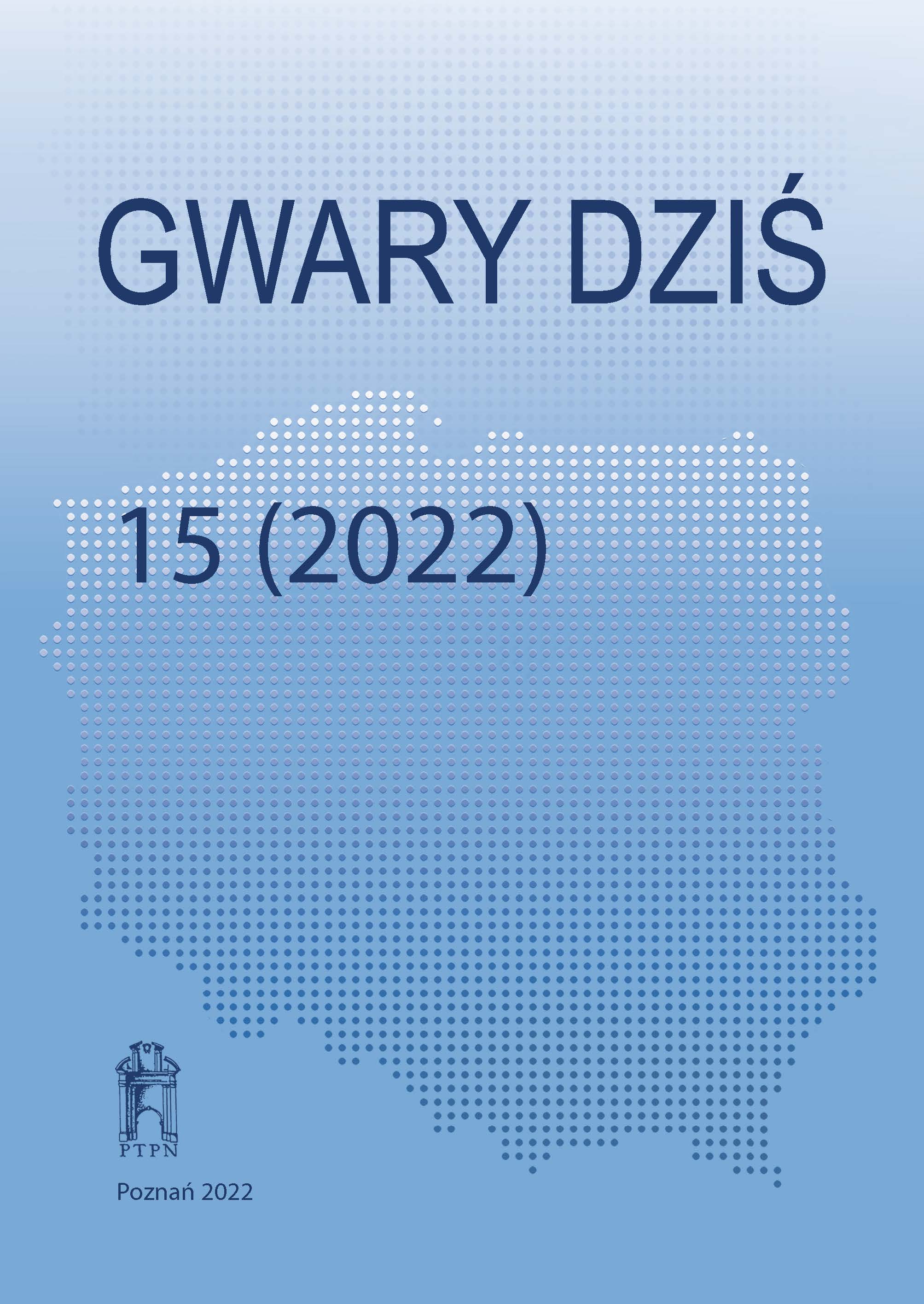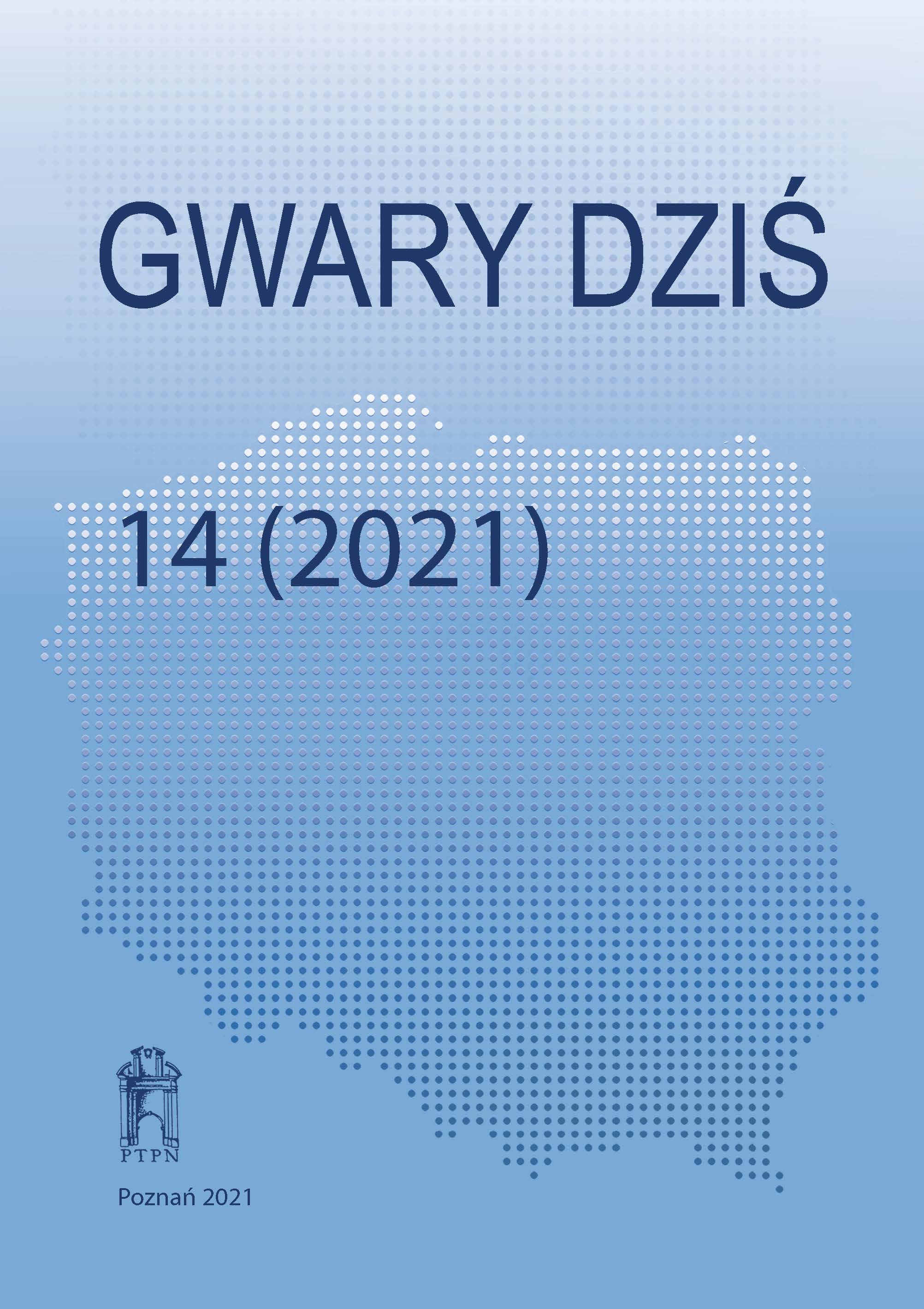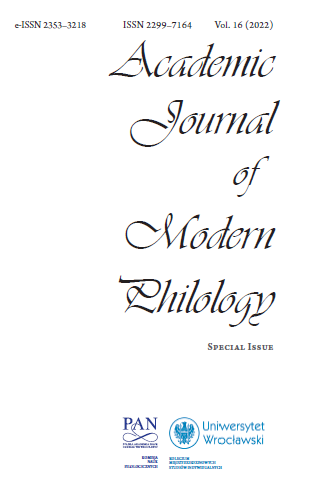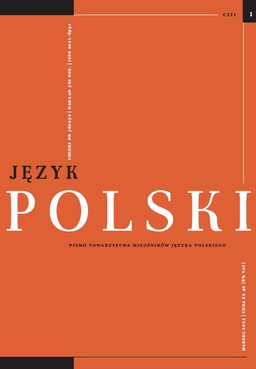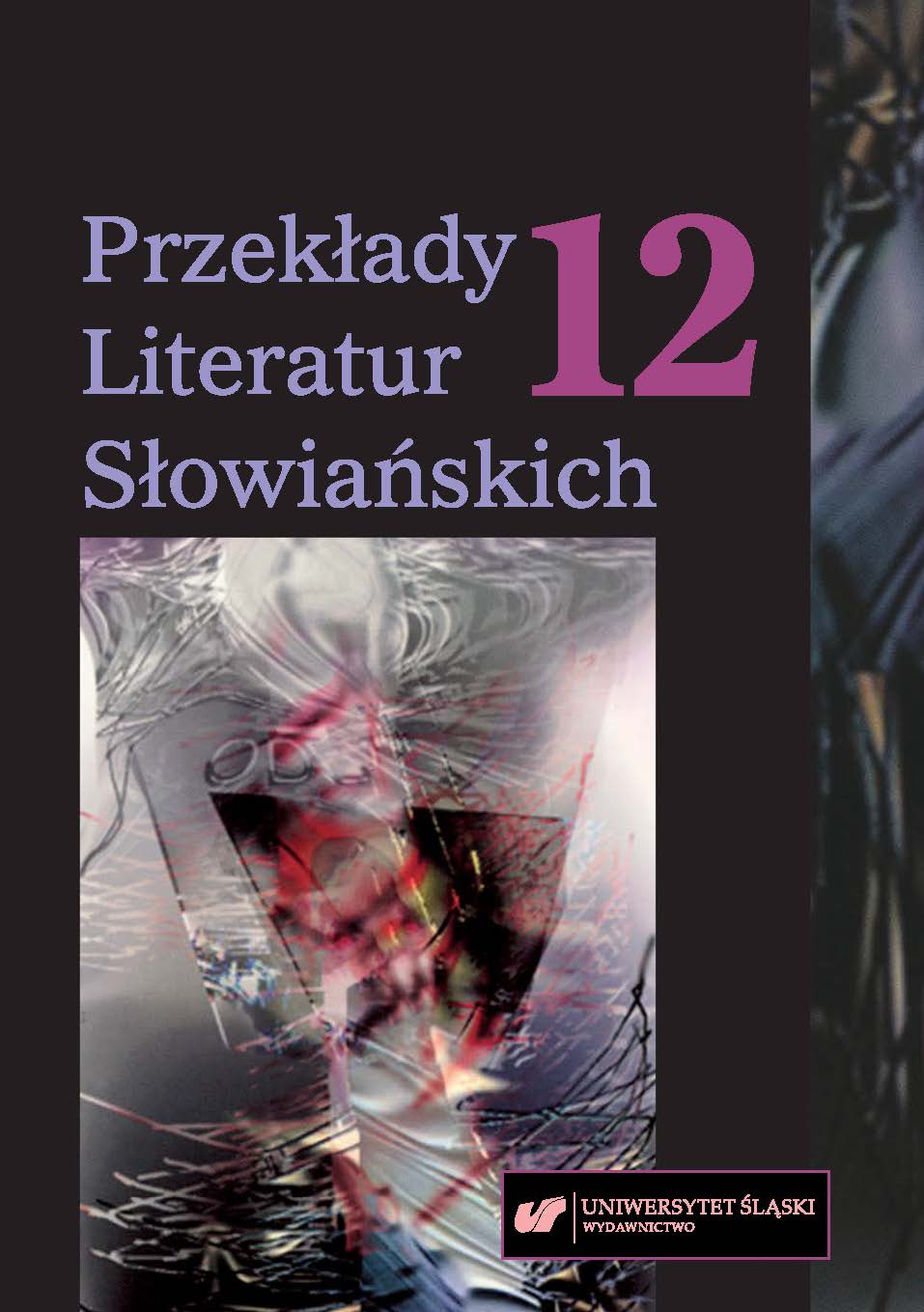
„Gnój” Wojciecha Kuczoka w chorwackim i serbskim przekładzie, czyli o dwóch strategiach tłumaczenia gwary śląskiej
This article deals with the Croatian and Serbian translation of the Silesian dialect, which appears in Wojciech Kuczok’s novel Gnój. The analysis includes the dialect stylization present in the source text, as well as the strategies and techniques used for its translations. The various translation solutions used by the translators also were compared and evaluated.
More...
